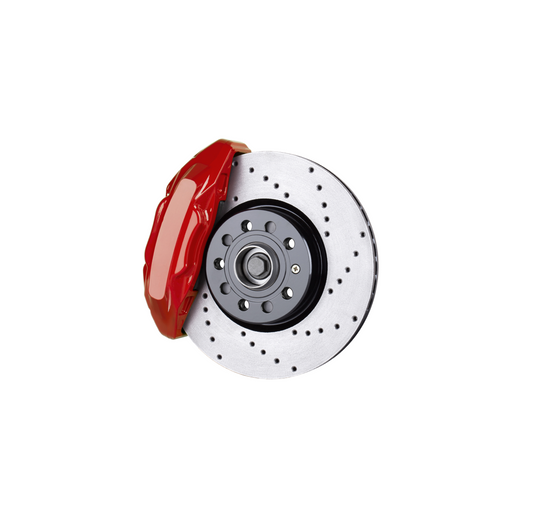Your car's engine is a complex symphony of parts working together to create motion. But before all that roaring and revving can happen, a tiny but crucial component gets the party started: the spark plug. These unsung heroes are the masterminds behind the ignition system, responsible for the spark that ignites the air-fuel mixture and keeps your engine running smoothly. So, if you've ever wondered how that spark gets there, or how those little plugs impact your car's performance, then buckle up for Spark Plugs 101!
The Spark of Life
The ignition system's job is to create a high-voltage spark at the precise moment in the engine cycle. The spark plug sits at the end of the cylinder head, and its center electrode receives a jolt of electricity from the ignition coil. This electricity jumps the gap between the center electrode and a side electrode, creating the spark that ignites the compressed air-fuel mixture within the cylinder. This tiny explosion drives the piston down, creating the power that propels your car forward.
Choosing Your Champion: Spark Plug Types
Not all spark plugs are created equal. Different types offer varying advantages and disadvantages depending on your driving style and vehicle needs. Here's a breakdown of the most common options:
- Copper: These are the most affordable option, offering excellent heat transfer and conductivity. However, they wear out faster and require more frequent replacements (typically every 30,000 miles).
- Platinum: A step up in terms of longevity, platinum spark plugs last significantly longer than copper (up to 60,000 miles) due to their harder electrode material. However, they can be more expensive.
- Iridium: The top dog in terms of durability, iridium spark plugs boast an even finer electrode tip for a more focused spark and longer lifespan (up to 100,000 miles). Their premium performance comes at a premium price.
Finding the Right Heat Range
Spark plugs also have a heat rating that indicates their ability to transfer heat. A hotter plug retains more heat, while a colder plug dissipates heat more readily. Choosing the correct heat range is crucial. A plug that's too hot can cause pre-ignition (detonation), damaging the engine. Conversely, a plug that's too cold can lead to fouling (carbon buildup on the electrode) and hinder spark efficiency. Consult your owner's manual for the recommended heat range for your specific vehicle.
Reading the Tea Leaves: Spark Plug Wear Patterns
Spark plugs can actually tell you a story about what's going on inside your engine. By inspecting the wear pattern and condition of the electrodes and insulator, a mechanic can diagnose potential problems. Here are some common signs:
- Normal wear: A light brown or grayish deposit on the electrode indicates normal operation.
- Carbon fouling: Black, sooty deposits signify incomplete combustion, possibly due to a rich fuel mixture or dirty air filter.
- Oil fouling: Oily deposits suggest oil leaking past the piston rings, requiring further inspection.
- Electrode wear: Excessive wear on the electrode indicates the spark plug is nearing the end of its lifespan.
DIY or Delegate? Replacing Spark Plugs
Spark plug replacement is a doable DIY project for car enthusiasts with some mechanical knowledge. However, if you're new to tinkering under the hood, it's always best to consult a professional mechanic. Here's a simplified step-by-step guide for the experienced DIYer:
- Gather your tools: Spark plug socket wrench, gap gauge (if needed), compressed air (optional).
- Access the spark plugs: Consult your owner's manual for specific instructions on how to reach the spark plugs in your vehicle.
- Remove the old spark plugs: Carefully unscrew each spark plug using the socket wrench.
- Gap the new spark plugs (if applicable): Use the gap gauge to ensure the gap between the center and side electrodes matches the manufacturer's specifications (usually found on the box).
- Install the new spark plugs: Hand-tighten each plug first, then use the wrench to tighten to the specified torque (refer to the manual).
- Reconnect the ignition coils.
- Start your engine and listen for any abnormal sounds.
The Final Spark
Regular spark plug inspection and replacement, following the manufacturer's recommended intervals, is vital for maintaining optimal engine performance and fuel efficiency. By understanding the role of spark plugs and choosing the right type for your car, you can keep the spark of life alive in your engine for miles to come. Remember, if you're ever unsure about tackling a spark plug replacement yourself, there's no shame in trusting a qualified mechanic to ensure the job.





















